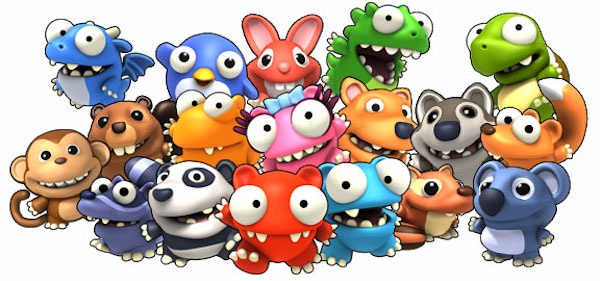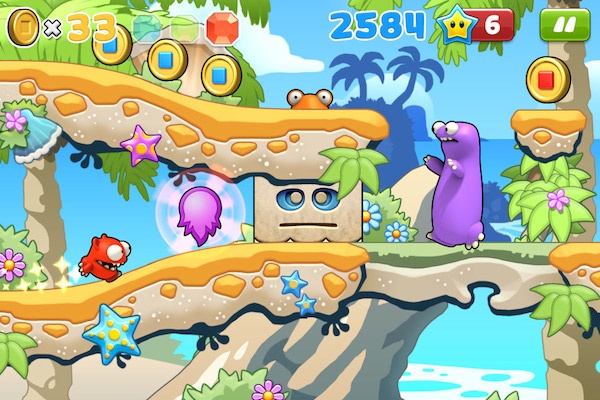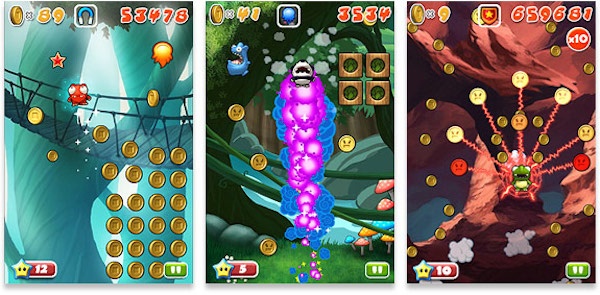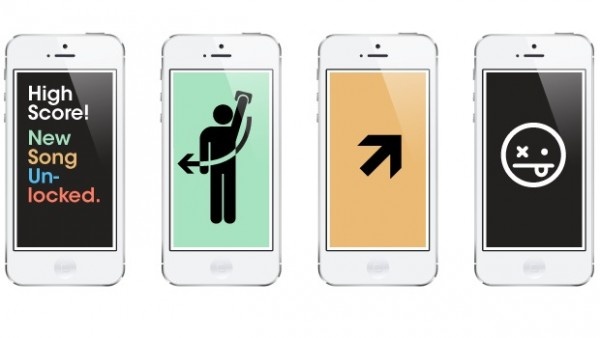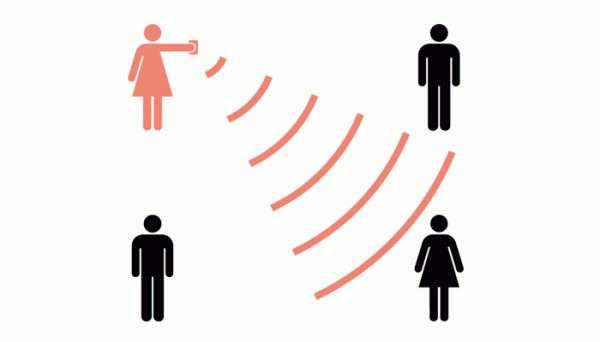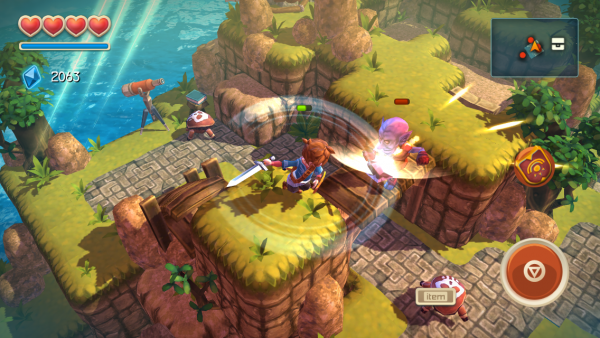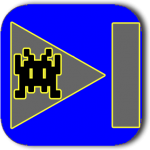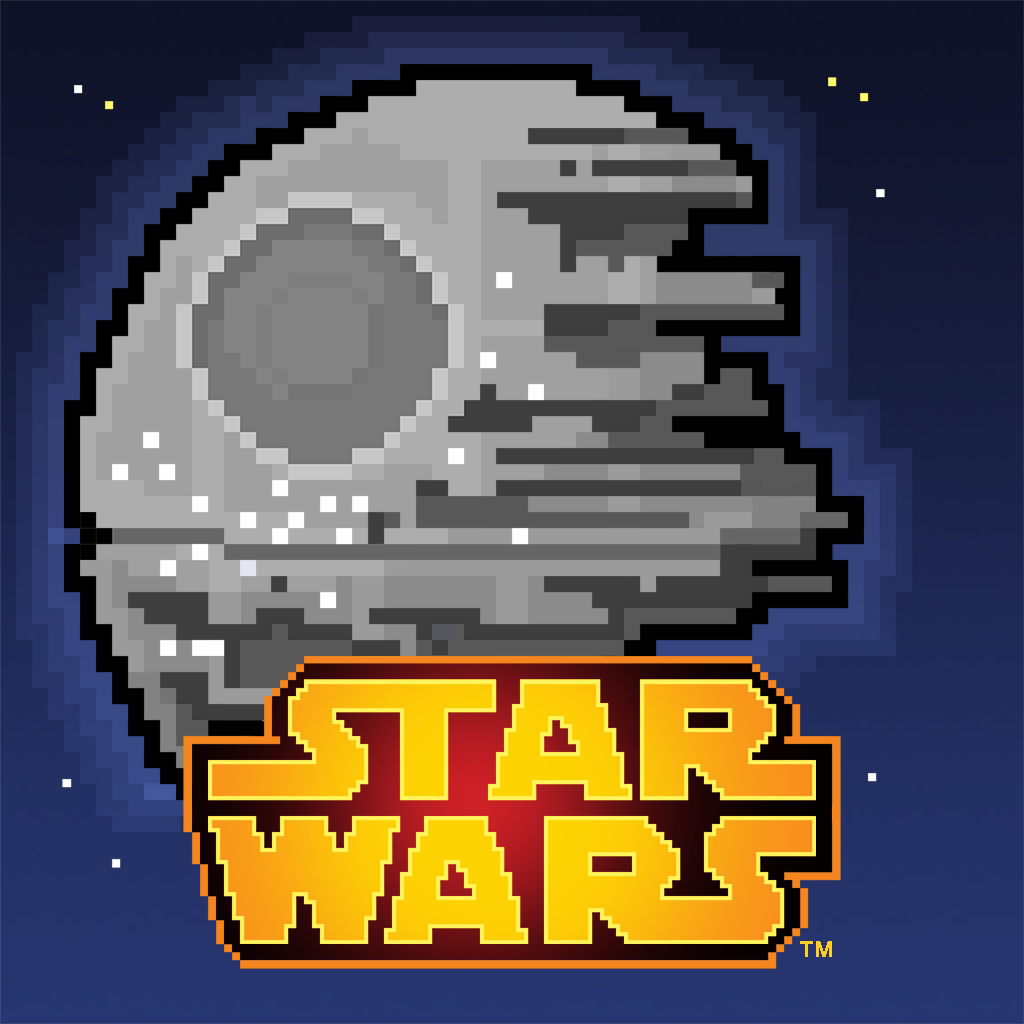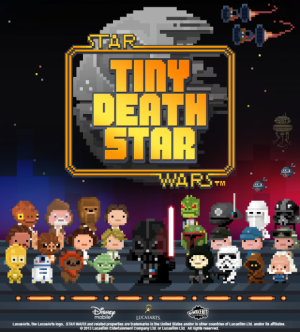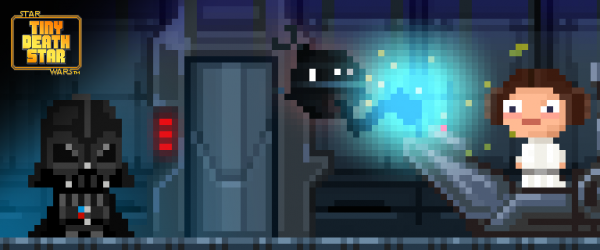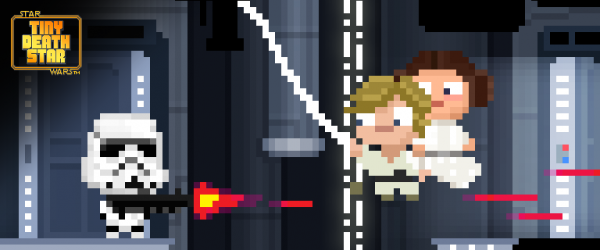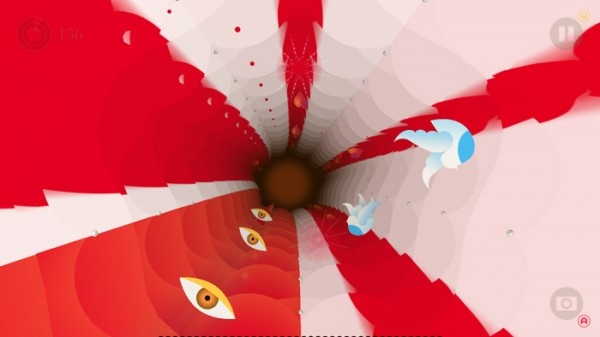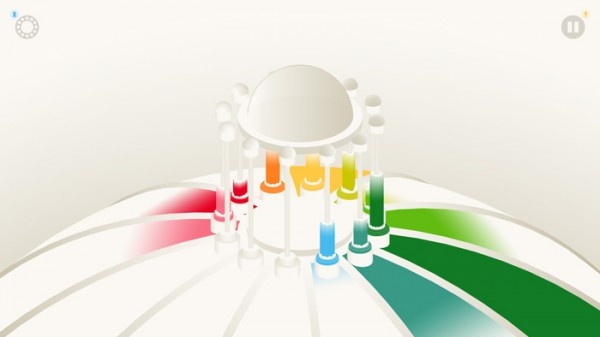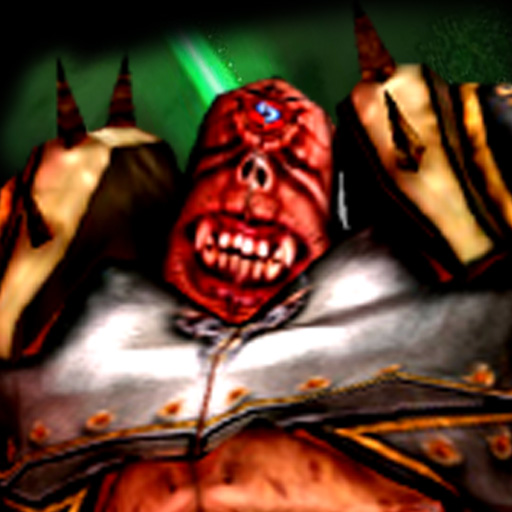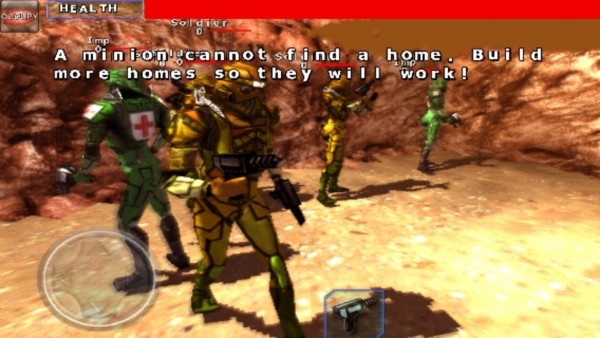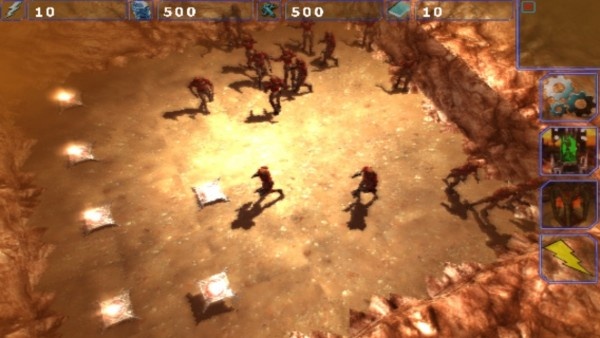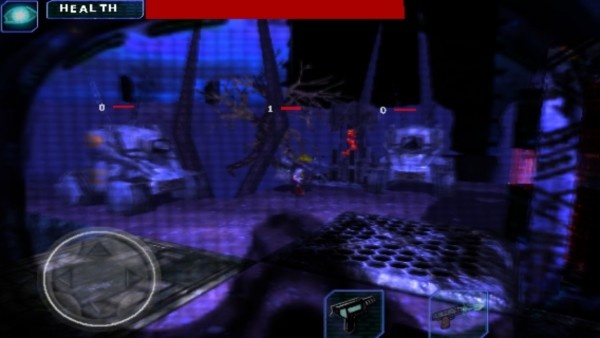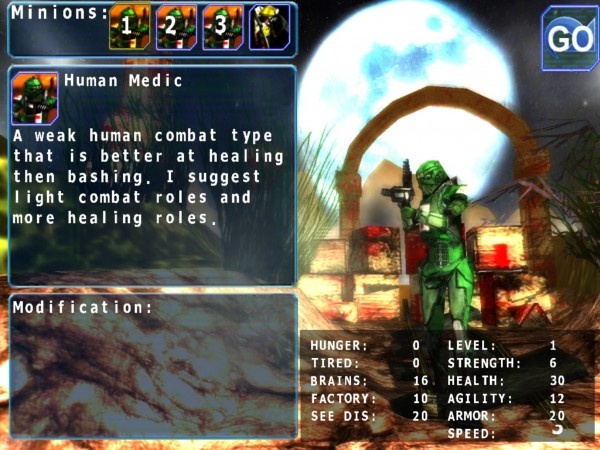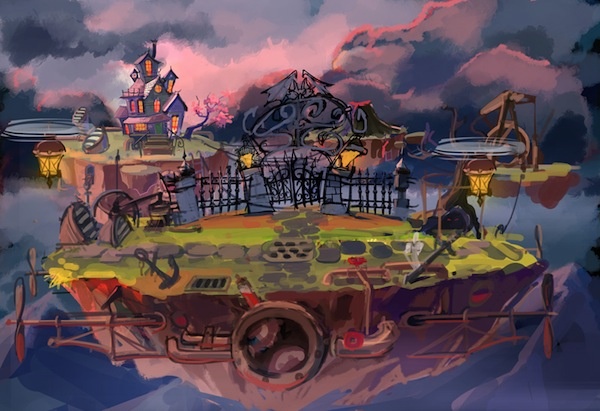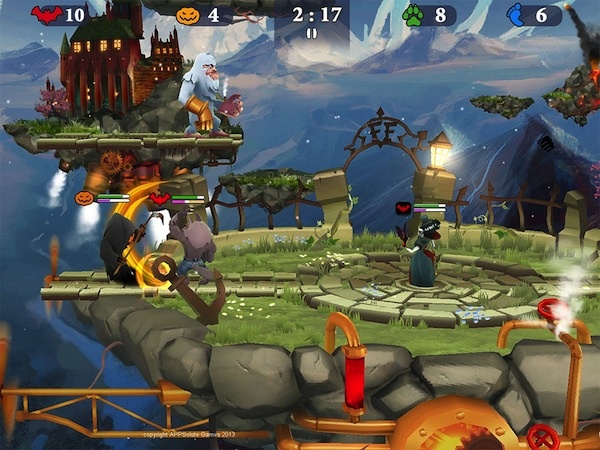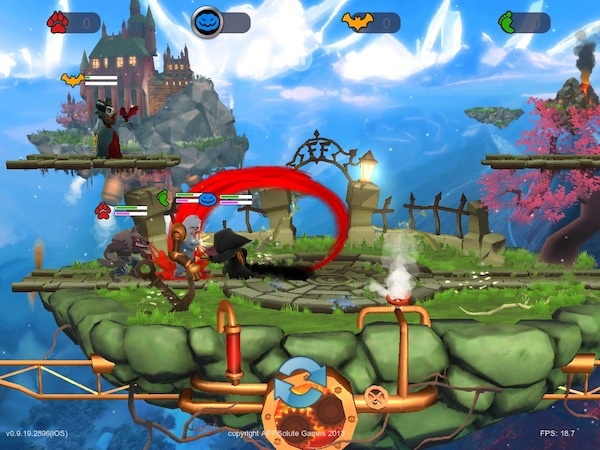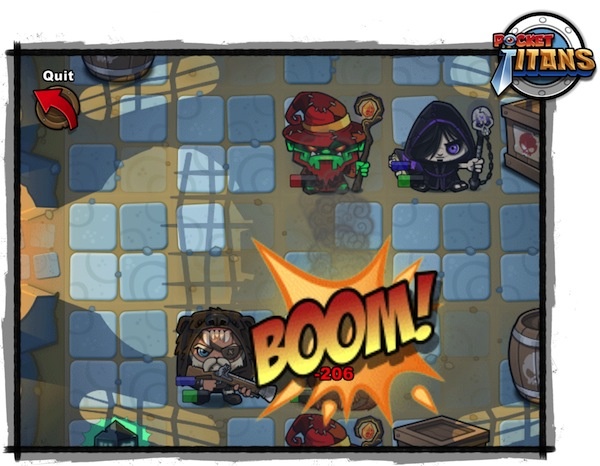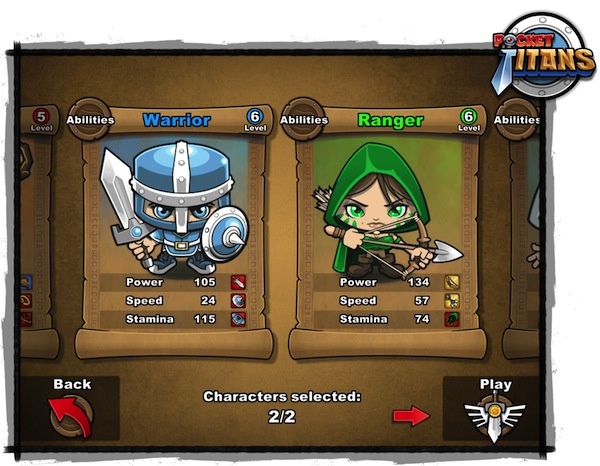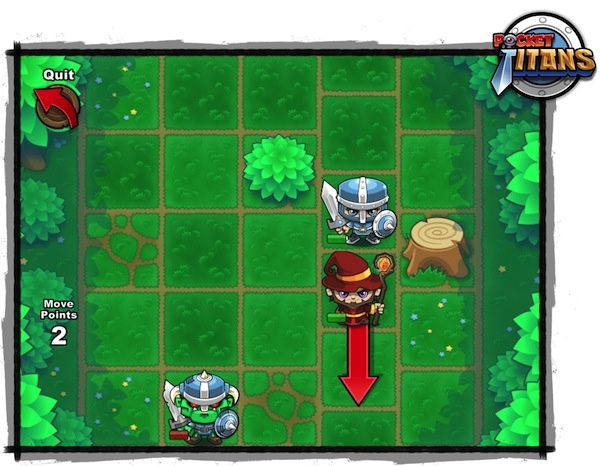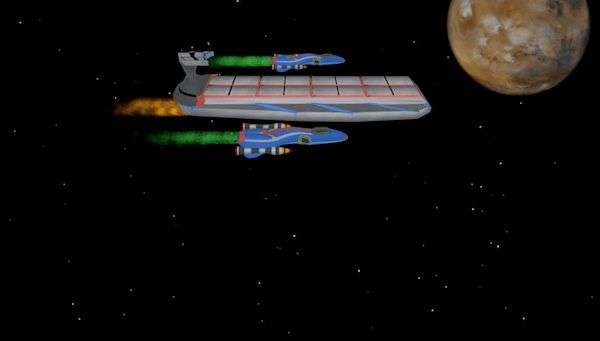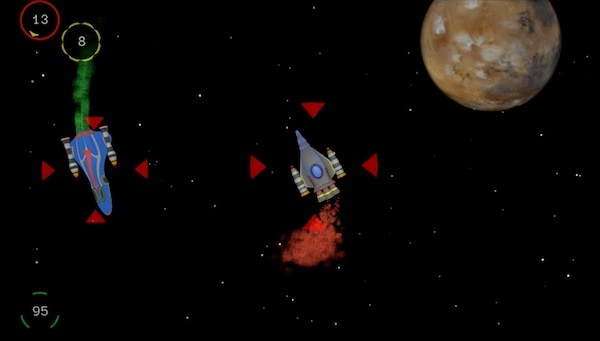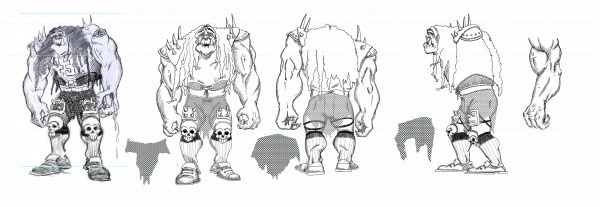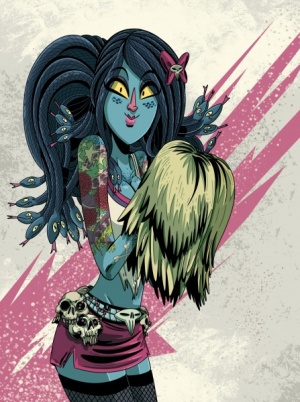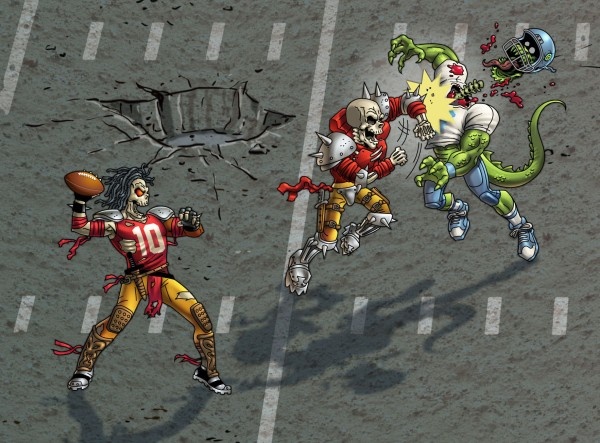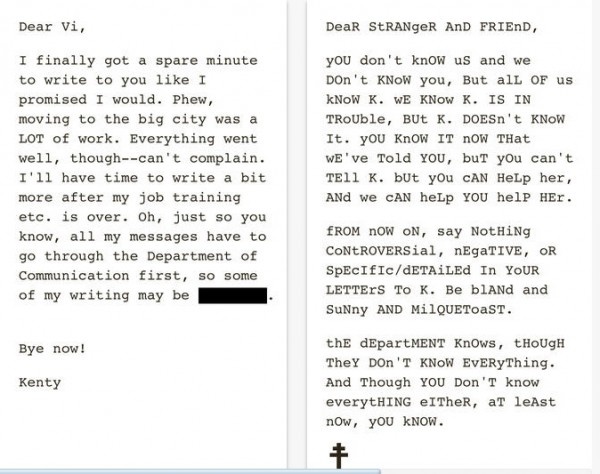Arguably the most anticipated puzzle game of the year thanks to the runaway success of its predecessor, The Room Two is set for release on December 12. In the buildup to this very exciting time, I had the chance to go hands-on with the game to see exactly what's to come next week.
Only having had the chance to play the early stages of the game and not wishing to spoil too much, The Room Two is immediately enticing. There's an easy-to-follow tutorial for those who haven't yet enjoyed the original (and if so, why not? There's still plenty of time to lose one's self to it!), and a gentle introduction to what to expect. As before, puzzles are set to be as tactile as they are logical with a layering of conundrums to keep players busy. The eerie music continues to add plenty of tension to what's going on. This time there's set to be a wider variety of rooms to tackle too, which should prove quite enthralling.
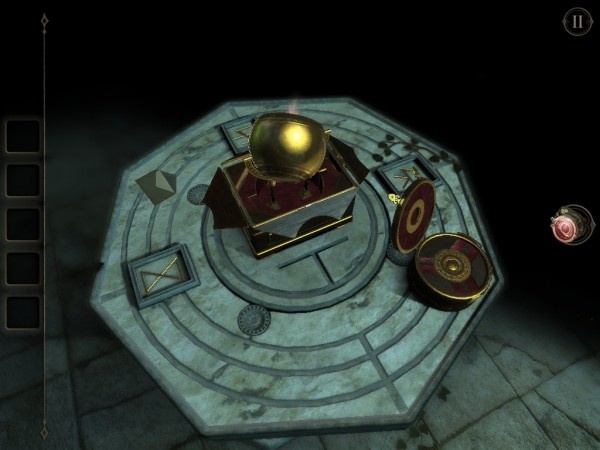
The Room Two is set to be the kind of experience where it's best to go in cold, but it's looking pretty positive so far. We'll be sure to bring you a full review next week. For now, we've shared a few words with Barry Meade, commercial director at
Fireproof Studios, about how development has gone and just how the success of
The Room helped pave the way.
148Apps: The first game was commercially and critically very successful. Have you found this adding to the pressure to get the second game right?
Barry Meade (BM): Not really, we're honestly just delighted to get the chance to work on our own games full stop. Having said that I think we'd all be disappointed if the second game doesn't do better than the first as we've put a lot more work into it this time around. But we do honestly feel that if The Room Two is good enough and deserves to do well, it will do well, and that if it fails its because we failed. And so, if the game's fate is in our hands alone then there's no point in worrying unduly about outside pressures or expectations. We'll do the best we can and see how that flies with our audience.
148Apps: How has that success helped with the development of the sequel?
BM: Hugely. Whereas The Room had only 1 programmer and 1 or 2 artists on it at one time, The Room Two has had up to 4 programmers and 8-10 artists on it during the course of development. We made The Room Two in the time frame that the design required rather than hurried because we needed to make money by X date or whatever, and we were only able to decide that because of The Room's success. But frankly we can't think of any better way to spend the money we earn than to reinvest it in our creative process. For us financial success means freedom - freedom to do what we think is necessary to make the best version of the game we want to make - not to have to work for or make decisions for somebody else's benefit.

For instance if we had to work with a publisher,
The Room would never have been created at all - it's a rare publisher that wants to push things forward for gamers and they generally look down on games and developers who do that. No, we needed to listen to ourselves for
The Room to happen and thankfully that's what we did, and put our own savings on the line to do it. Now that it has paid off for us, we're even less likely to listen to others. We're in an ideal creative place but we're very aware that this position depends on us genuinely making novel, new, interesting games that deserve audience attention. I hope we live up to it.
148Apps: How will The Room Two be different from its predecessor?
BM: We were all very happy with how The Room turned out as our first game, though the very limited money we had to spend on its development made the game smaller than it deserved to be. So this time around we wanted to give the concept what it deserved in terms of development time, resources, manpower etc. to see where we could take it. In almost every way The Room Two is a more fully-featured game than the first one - taking what worked and building on it, making it deeper, larger and even a bit more complicated. The environments are a lot more interesting, the objects more intricate and interactive.
So it was a harder project to make this time, it had more moving parts, testing it was a bit more fraught etc. but we knew all that going into it - we just wanted to make it bigger and better across the board. Fireproof may never be a flashy AAA developer but as long as we are working on something we are going to make the best damn version of it that we possibly can. It was that attitude which helped us make The Room in the first place and this time is no different. We think its better in every way than the first, let's hope the audience agrees.
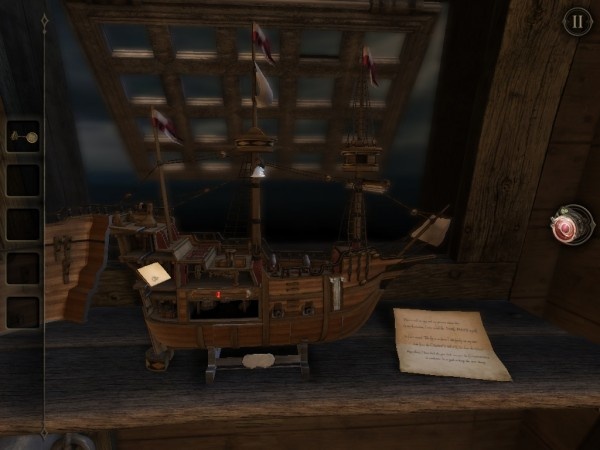
148Apps: After the success of the original, was there the temptation to simplify the game to appeal to a more casual market?
BM: Nah. We're amazingly happy with the audience we have, we have no interest in trying to squeeze squillion$ of dollars from
The Room. It would be great to pick up more users with
The Room Two as we've worked hard to make it as good to play and value-for-money as possible. But for us its very important to make our work with our own sensibilities at the forefront and not to worry too much about what others expect or think. Our audience bought into the love we put in the first game and if we want to please anyone else then it's those who enjoyed the first game. They will be our toughest critics and rightly so.
As gamers we've always believed that if we pleased our own sensibilities and standards first, others will pick up on the care and attention we put into it, whereas if we obviously attempt to chase what other people want or expect, the audience will see through it, smell the desperation and move onto something more honest and interesting. As in a lot of things in life, chasing something indirectly is often the way to catch it, so concentrating on our own wishes for the game and by extension our current audience seems the most reliable and sensible way to attract brand new users into the game.
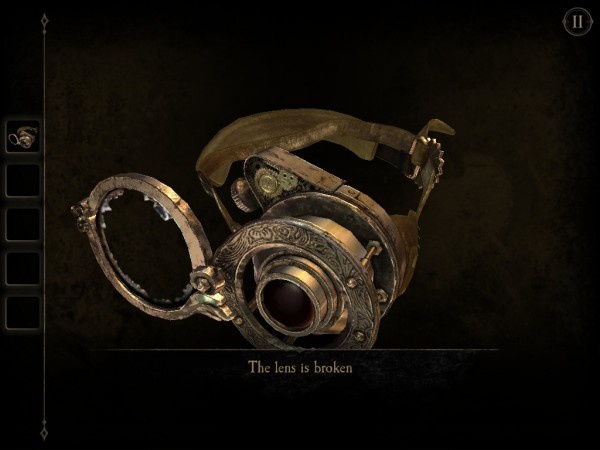
148Apps: Many players wished they had more time with The Room, will its sequel be longer?
BM: Yes, quite a bit longer. A lot of people who played
The Room thought it was a bit short but well worth the money they paid, in fact the user ratings are amazingly high for it so we're hoping that adding a bit of length and depth will keep them just as pleased and perhaps tickle them even more. The curious thing about puzzle games is how mistaken everybody can be about other players experiences. Some player who is a freak for puzzle games generally will play the game and complete it in 1.5 hours and will be convinced the game is actually short. But for every one of those Ninja players we know there's 5-10 other players who took 3-5 hours to play it, and they have a very different view on the length - any longer and they would feel overwhelmed.
Puzzle games are very different to other games in that sense - the experience they give players depends very much on the personality and brain of those who are playing it. It's this engagement of the brain that makes them so beloved I think - people's own imagination takes a very active part in the playing. It might explain all the love the game gets - we're not the biggest selling game by any stretch but people who have played it really really love the game. We are super thankful for that, I can tell you it makes us sleep well at night knowing it.
Many thanks to Barry for taking the time to answer our questions.
Set for release December 12, we'll have a full review of The Room 2 that day. In the meantime, why not get reacquainted with The Room?
